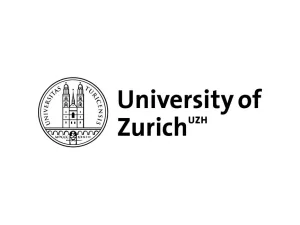Saccadic eye movements allow animals to bring different parts of an image into high-resolution. During free viewing,inhibition of return incentivizes exploration by discouraging previously visited locations. Despite this inhibition, here we show that subjects make frequent return fixations. We systematically studied a total of 44,328 return fixations out of 217,440 fixations across different tasks, in monkeys and humans, and in static images or egocentric videos. The ubiquitous return fixations were consistent across subjects, tended to occur within short offsets, and were characterized by longer duration than non-return fixations. The locations of return fixations corresponded to image areas of higher saliency and higher similarity to the sought target during visual search tasks.
We propose a biologically-inspired computational model that capitalizes on a deep convolutional neural network for object recognition to predict a sequence of fixations. Given an input image, the model computes four maps that constrain the location of the next saccade: a saliency map, a target similarity map, a saccade size
map, and a memory map. The model exhibits frequent return fixations and approximates the properties of return fixations across tasks and species. The model provides initial steps towards capturing the trade-off between exploitation of informative image locations combined with exploration of novel image locations during scene viewing.












